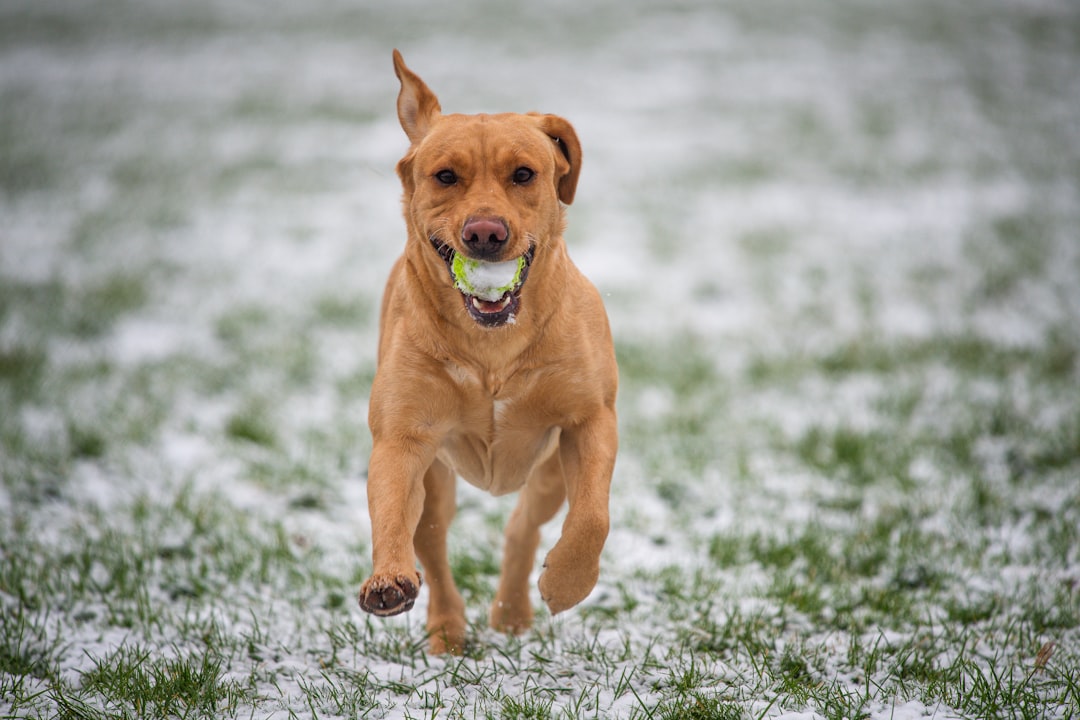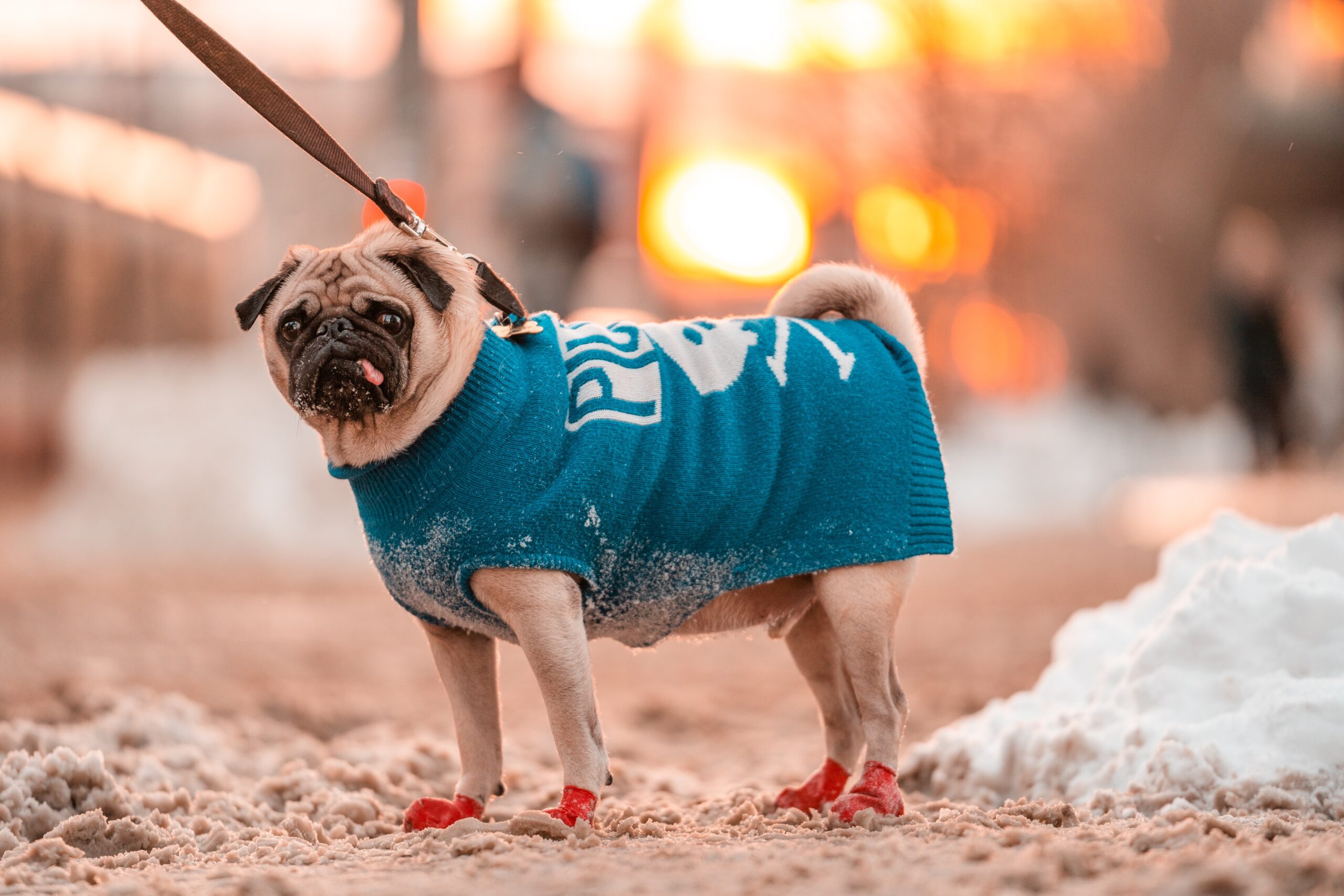Winter Paw Care: Essential Tips for Keeping Your Dog Safe and Cozy
Winter Paw Care for Dogs: Tips and Best Practices – Learn how to assess your dogs health for winter outings, inspect and maintain their paws, use protective measures, keep them warm and safe, and provide aftercare to ensure their paw health during the winter months.
Assessing Your Dog’s Health for Winter Outings
When assessing your dog’s health for winter outings, it’s important to consider various factors that can impact their well-being in cold weather. Factors such as age, breed, and medical history play a crucial role in determining how well your dog can tolerate winter conditions. For example, older dogs or those with underlying health issues may have a harder time regulating their body temperature in the cold, making them more susceptible to hypothermia. On the other hand, Arctic breeds are well adapted to winter conditions, thanks to their thick fur and insulating undercoat, allowing them to handle cold temperatures more effectively than other breeds.
Additionally, non-Arctic breeds may require extra precautions to ensure their safety and comfort during winter outings. This can include shorter walks to prevent overexposure to the cold, as well as the use of protective gear such as winter booties to shield their paws from snow, ice, and salt. By taking these precautions, dog owners can help minimize the risk of their pets experiencing discomfort or injury due to the cold weather. Moreover, observing your dog for signs of discomfort, such as favoring a paw or lifting it off the ground, can serve as an early indicator of potential issues that need attention. Being attentive to your dog’s behavior and any signs of distress is essential in ensuring their well-being during winter activities.
Paw Inspection and Maintenance
Before taking your dog out in the winter, it’s crucial to assess their paw pads and nails to ensure they are in optimal condition for the colder weather. Regular inspection and trimming of your dog’s paw pads and nails are essential to prevent any discomfort or potential injuries during winter activities. For example, overgrown nails can cause your dog to walk unnaturally and may even break, leading to pain and possible infection. Moreover, inspecting the paw pads for any cuts, cracks, or foreign objects is crucial to avoid any discomfort or injury to your dog’s paws.
Furthermore, it’s important to keep the fur between the paw pads trimmed to prevent the accumulation of ice, snow, and debris, which can result in discomfort and potential frostbite. For instance, long fur between the paw pads can collect snowballs, leading to irritation and discomfort for your dog. Regular maintenance of your dog’s paw pads and nails is a proactive approach to ensuring their comfort and well-being during winter outings, emphasizing the importance of paw care in cold weather. Taking these measures can help prevent your dog from experiencing unnecessary discomfort and injuries while enjoying outdoor activities in the winter.
Protective Measures for Dog’s Paws
When it comes to protecting your dog’s paws during winter outings, there are several effective measures you can take to ensure their comfort and safety. One highly recommended option is to consider using winter booties, which offer full coverage and protection from snow, ice, and salt. These booties not only shield your dog’s paws from the harsh winter elements but also provide warmth and durability, allowing them to enjoy their outdoor activities without discomfort or injury.
In addition to winter booties, another beneficial protective measure involves the application of paw balm or petroleum jelly-based products. These products are designed to moisturize and safeguard your dog’s paws, minimizing the risk of dry skin and damage caused by exposure to salt and other chemical agents commonly found on winter roads and sidewalks. By regularly applying paw balm, you can help maintain the health and resilience of your dog’s paw pads, ensuring they remain in optimal condition for their winter adventures.
After taking your dog for a walk in wintry conditions, it’s crucial to carefully wipe off their paws upon returning home. This simple yet important step helps remove any salt or chemical residues that may have accumulated during the walk, reducing the risk of irritation or discomfort for your canine companion. By implementing these protective measures, you can significantly contribute to your dog’s paw health and overall well-being during the winter season.
Keeping Your Dog Warm and Safe
When preparing for winter outings with your canine companion, it’s important to ensure that they are adequately protected from the cold to maintain their overall health and well-being. One essential aspect of this is dressing your dog in appropriate clothing to provide added warmth during winter walks. Depending on the breed and individual tolerance to cold, dogs may require different types of clothing to keep them comfortable in chilly conditions. For example, short-haired breeds or those with minimal body fat may benefit from wearing a cozy sweater or a waterproof winter coat to shield them from the cold and dampness. On the other hand, breeds with thick fur may only need a lighter layer to keep them warm without overheating.
In addition to clothing, it’s crucial to provide your furry friend with high-calorie food and extra water to maintain their body temperature during the winter season. Cold weather can increase your dog’s energy expenditure as they work to keep warm, so providing them with nutrient-dense meals can help support their energy needs and maintain a healthy body condition. Furthermore, staying hydrated is essential for dogs in cold weather, as it helps regulate their body temperature and supports various bodily functions. By ensuring they have access to enough water, you can help them stay comfortable and healthy during winter outings. These measures collectively contribute to keeping your dog warm and safe as you both enjoy outdoor activities in the colder months.
Another critical aspect of keeping your dog safe during winter walks is being aware of the signs of hypothermia in dogs and taking prompt action if needed. Signs of hypothermia can include shivering, lethargy, weakness, and even disorientation or confusion in severe cases. If you notice any of these symptoms during a winter outing, it’s essential to warm your dog up gradually by moving to a sheltered area, wrapping them in a blanket, and offering body heat through cuddling. It’s also advisable to use warm, dry towels or blankets to help raise their body temperature slowly. By recognizing the signs of hypothermia and responding effectively, you can help prevent potentially serious health issues and ensure your dog’s safety during winter activities.
Aftercare and Additional Considerations
After taking your dog out in winter, it’s crucial to give them warm baths to remove any ice buildup and potential irritants from their paws and body. This helps in preventing any discomfort or damage caused by the cold weather, ensuring their overall well-being. For example, after a snowy walk, gently washing your dog’s paws and fur with lukewarm water can help melt away any ice or snow that has accumulated, and can provide relief to their paws from exposure to salt or other chemicals commonly used to de-ice sidewalks.
When it comes to small dogs in the cold, it’s important to exercise caution due to their heightened vulnerability to the cold weather conditions. Their smaller body mass and size make them more susceptible to the cold, increasing the risk of hypothermia or frostbite. As a precaution, it’s advisable to carry them back to a warm environment if they start to show signs of discomfort or distress during winter outings. For instance, a small dog with short fur may feel the cold more intensely than a larger breed with a thicker coat, so it’s essential to monitor their behavior and be prepared to take action if needed.
Furthermore, using a dog GPS tracker with live tracking can provide an added layer of safety, especially during the winter months. This device can help ensure that your dog is safe and can be located in case they wander off or get lost during a winter outing. – Dogs paws are especially vulnerable in fall and winter
- Potential hazards for dog paws in winter include freezing temperatures, toxic chemical agents, ice-melting salt, sharp ice, and hidden objects under snow
- Ways to protect dog paws in snow and winter include grooming, cleaning, short walks, moisturizing, using dog boots, being mindful of the cold, paying attention to your dog’s behavior, and staying on top of your dog’s safety in case they bolt
- Regular grooming is essential for healthy winter feet, especially for long-haired dogs
- Cleaning your dog’s paws as soon as you’re back home is important, as well as drying them off with towels
- Frequent short walks are better for your dog than a single long daily walk
- Moisturizing your dog’s paws with a store-bought dog paw balm or homemade recipe can help protect them in the snow
- Dog boots can prevent injury and protect dog paws in snow, as well as prevent slipping and falling on ice
- It’s important to be mindful of the cold and pay attention to your dog’s behavior, as well as staying on top of your dog’s safety in case they bolt during the cold season
- Using a dog GPS tracker with live tracking can help ensure your dog’s safety, especially during the winter months. For instance, a dog GPS tracker with live tracking can be particularly beneficial for dogs that enjoy off-leash activities in snowy or icy environments, as it allows you to keep an eye on their whereabouts and promptly respond to any unexpected situations.





 Book Appointment
Book Appointment